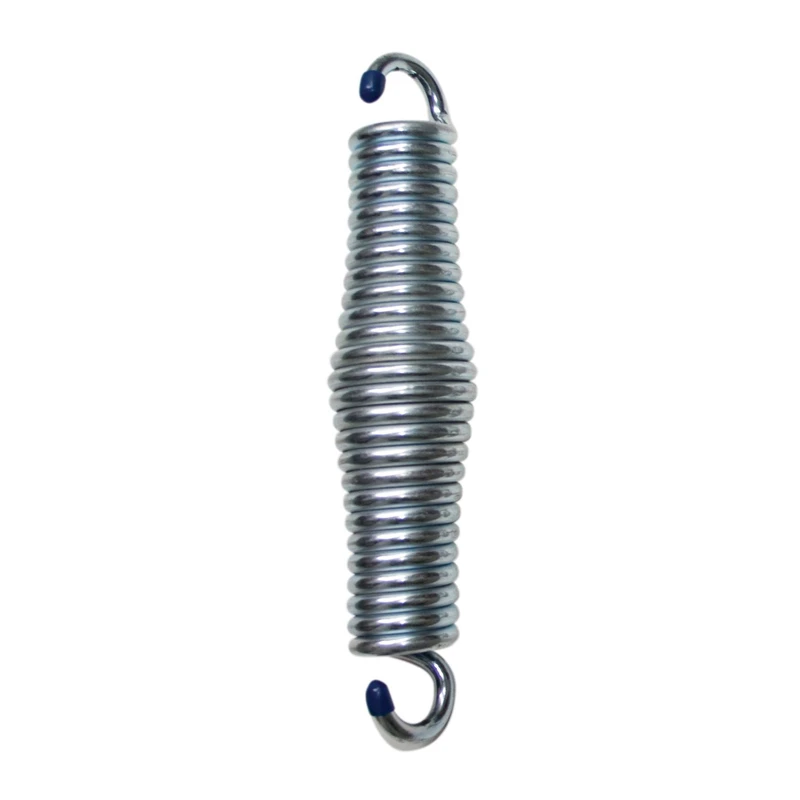
- Mobile Phone
- +8613931874955
- sales@cntcmetal.com
horizontal joint reinforcement for cmu
Horizontal Joint Reinforcement for CMU Importance and Implementation
Concrete Masonry Units (CMU) are widely adopted in construction due to their durability, versatility, and cost-effectiveness. While the structural integrity of CMU walls is generally robust, the addition of horizontal joint reinforcement significantly enhances their strength and stability. This article delves into the importance of horizontal joint reinforcement for CMU walls, examining its benefits, standards, and implementation practices.
Understanding Horizontal Joint Reinforcement
Horizontal joint reinforcement consists of steel reinforcement bars (rebar) or wires that are installed within the mortar joints of a CMU wall. This reinforcement is placed at specific intervals to resist lateral forces, such as wind or seismic loads, and to prevent cracking and failure of the wall system. The reinforcement helps distribute loads and provides additional tensile strength, crucial for maintaining the safety and performance of the structure.
Benefits of Horizontal Joint Reinforcement
1. Increased Structural Integrity The primary function of horizontal joint reinforcement is to enhance the tensile strength of CMU walls. While concrete is strong in compression, it is weak in tension. By adding horizontal reinforcement, the walls are better equipped to handle forces that could cause cracking or structural failure.
2. Enhanced Resistance to Lateral Loads Buildings are subjected to various lateral forces, particularly in regions prone to high winds or seismic activity. Horizontal joint reinforcement helps to improve the wall’s ability to withstand these forces, ensuring that the structure remains stable and secure.
3. Crack Control Horizontal reinforcement acts to control and minimize the development of cracks in CMU walls. By providing a continuous tension support across the wall, it helps hold the masonry units together, limiting the propagation of cracks that can compromise the wall’s integrity over time.
horizontal joint reinforcement for cmu

4. Improved Load Distribution The reinforcement assists in evenly distributing vertical loads throughout the structure. This is particularly important in multi-story buildings where weight distribution can impact overall stability.
5. Compliance with Building Codes Many building codes and standards require the use of horizontal joint reinforcement in specific construction scenarios, particularly in regions with higher seismic risk. Compliance with these regulations not only ensures the safety of the building but also helps avoid potential legal and financial ramifications.
Implementation Practices
Proper installation of horizontal joint reinforcement is crucial for maximizing its benefits. Here are some key practices to follow
- Placement Horizontal reinforcements should be placed in the mortar joint at specific intervals, typically every 24 inches vertically, as per the project specifications and local building codes. It is essential that the reinforcement is adequately embedded in the mortar to ensure effective load transfer.
- Material Quality Use high-quality steel reinforcement that meets the appropriate strength and durability standards. The selection of corrosion-resistant materials can enhance the longevity of the reinforcement, particularly in environments where exposure to moisture is prevalent.
- Inspection Regular inspections during the construction process can help ensure that the horizontal joint reinforcement is installed correctly. This includes verifying the alignment, spacing, and anchoring of the reinforcement to the CMU units.
In conclusion, horizontal joint reinforcement in CMU construction is a critical aspect that significantly enhances the performance and safety of masonry walls. By increasing structural integrity, improving resistance to lateral loads, controlling cracks, and ensuring compliance with building codes, it plays a vital role in modern construction practices. As the demand for robust and resilient building techniques grows, understanding and implementing effective horizontal joint reinforcement strategies will be paramount to achieving successful construction outcomes.
share:
-
Wire Tension Springs for Diverse ApplicationsNewsMay.27,2025
-
Snake SpacersNewsMay.27,2025
-
Sacrificial Formwork Solutions for ConstructionNewsMay.27,2025
-
Iron Binding Wire for Your Construction NeedsNewsMay.27,2025
-
Enhance Your Construction Projects with Wire SpacerNewsMay.27,2025
-
Black Annealed Wires for Diverse ApplicationsNewsMay.27,2025
-
Strong Wall Support ChoicesNewsMay.23,2025



















